In this 16 week studio project, I explore multiple scales of master community planning and site design in Mobile, Alabama. At completion of the semester, our class compiled a book and presented our planning and design strategies to City of Mobile leadership, including the Mayor.
Background and Context
The neighborhoods of the Bottom, and the Campground near downtown Mobile, Alabama have been hit hard: from Jim Crow era racism after the civil war, environmental racism of the siting of the city landfill and gas plant in the 1950's, desegregation and community collapse in the 1960's and 1970's, drug use and crime in the 1980's, to crumbling infrastructure and housing stock today. The neighborhoods continue to be ignored by Mobile city planning documents.
These neighborhoods have also shown an uncommon tenaciousness, serving as the economic and cultural engine of black Mobile. With their award-winning marching band and the legacy of black entrepreneurship including famous doctors, dentists, lawyers and builders.
If the torch has been dropped from generation to generation, I propose we reignite this legacy to inspire a sense of ownership of the community, and facilitate a change from within, to help the neighborhood to help themselves.
Passing the Torch:
Reigniting the legacy of cultural and economic vibrancy by making habitat for people and ecology in vacant spaces.
I am accomplishing these goals through the use of multiple strategies. Following is the concept master plan.
First, I plan to establish a historic district allows tax breaks and restoration funds for historic homes. Also we can highlight the neighborhood's existing stories of triumph, to make the most out of what has been dealt, by making statues, way-finding and historic point signage.
A focus on walkability will strengthen community bonds and improve economy by increasing foot-traffic to the black-owned local business corridor along Dr. Martin Luther King Jr. Avenue.
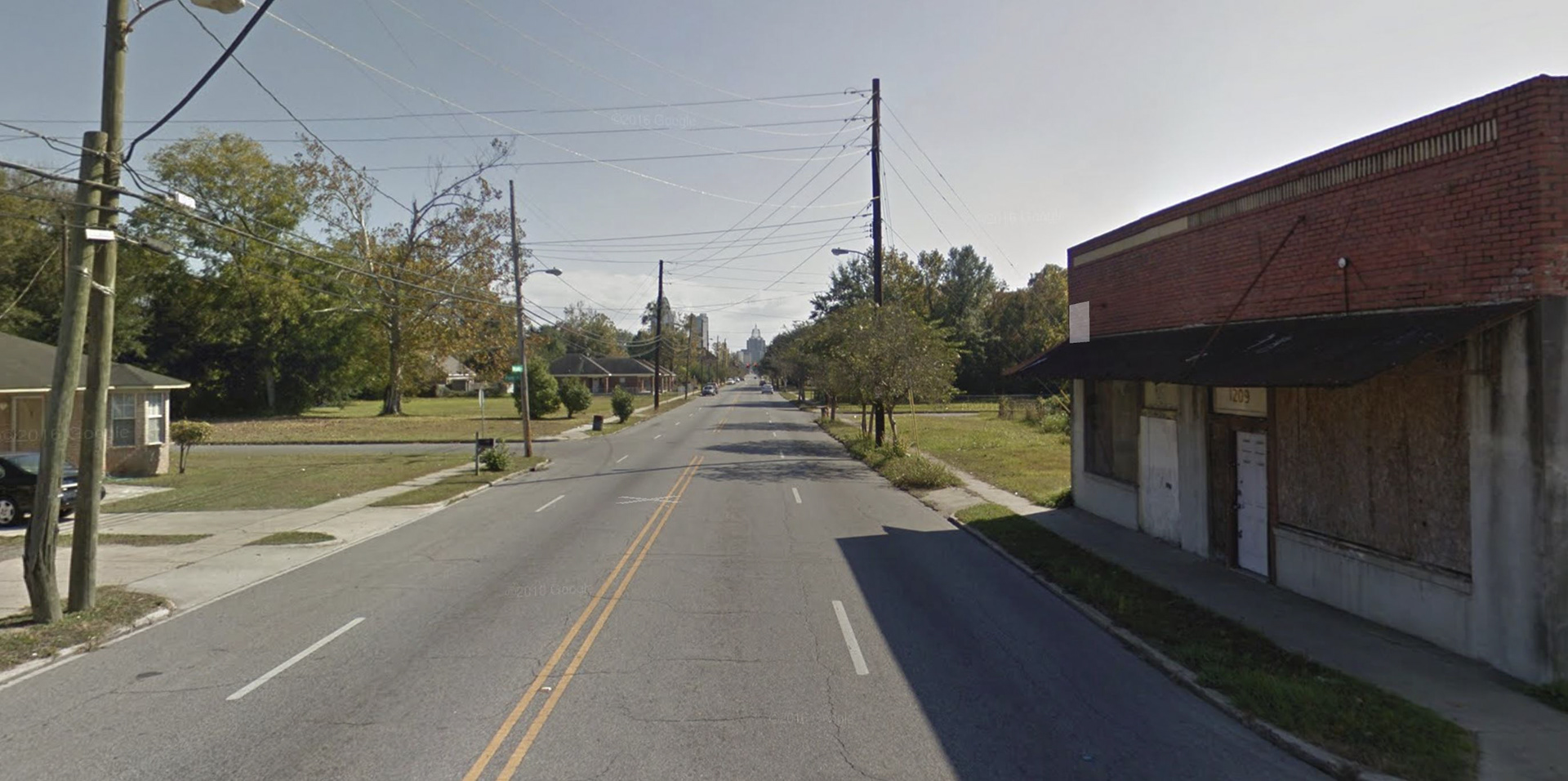
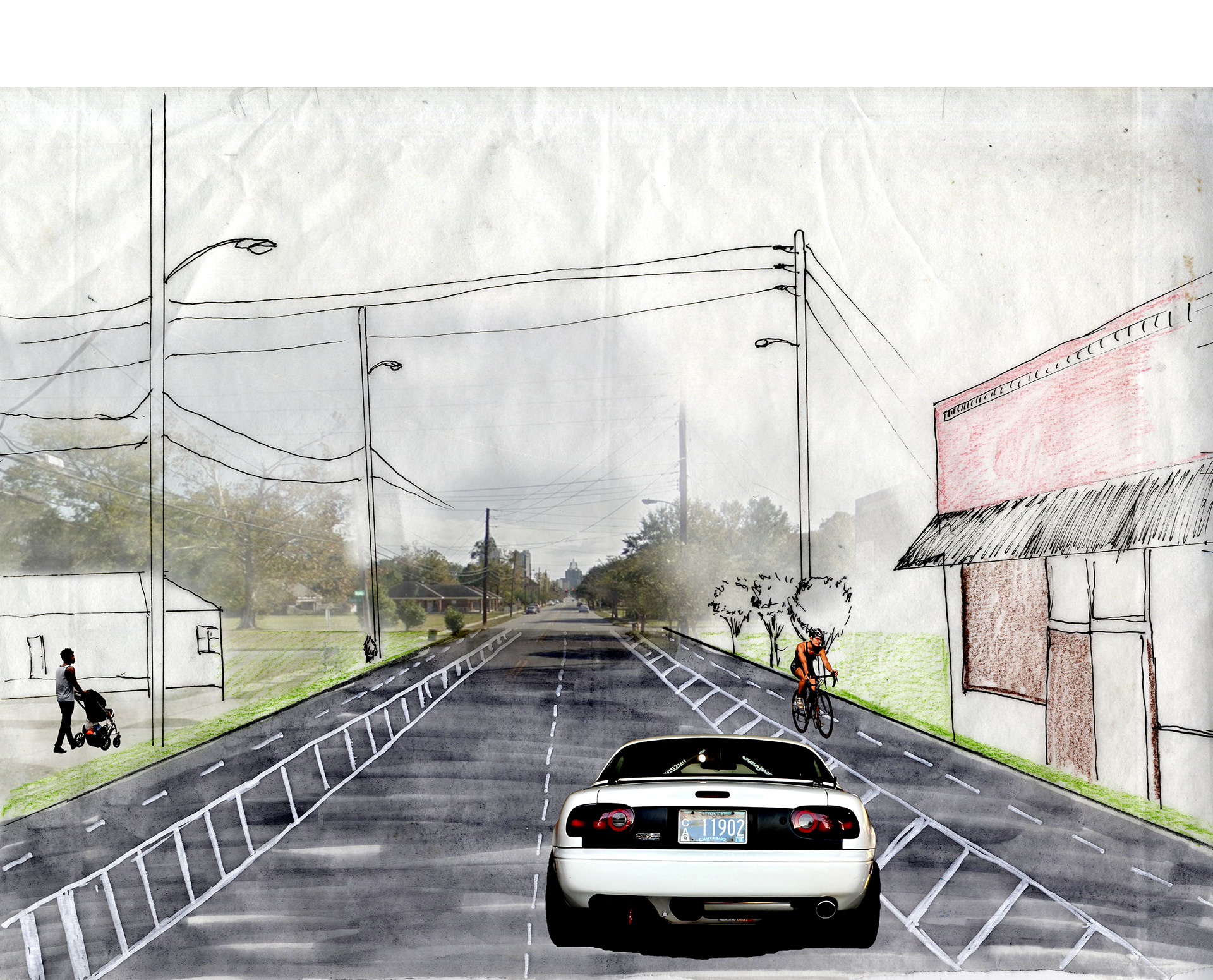
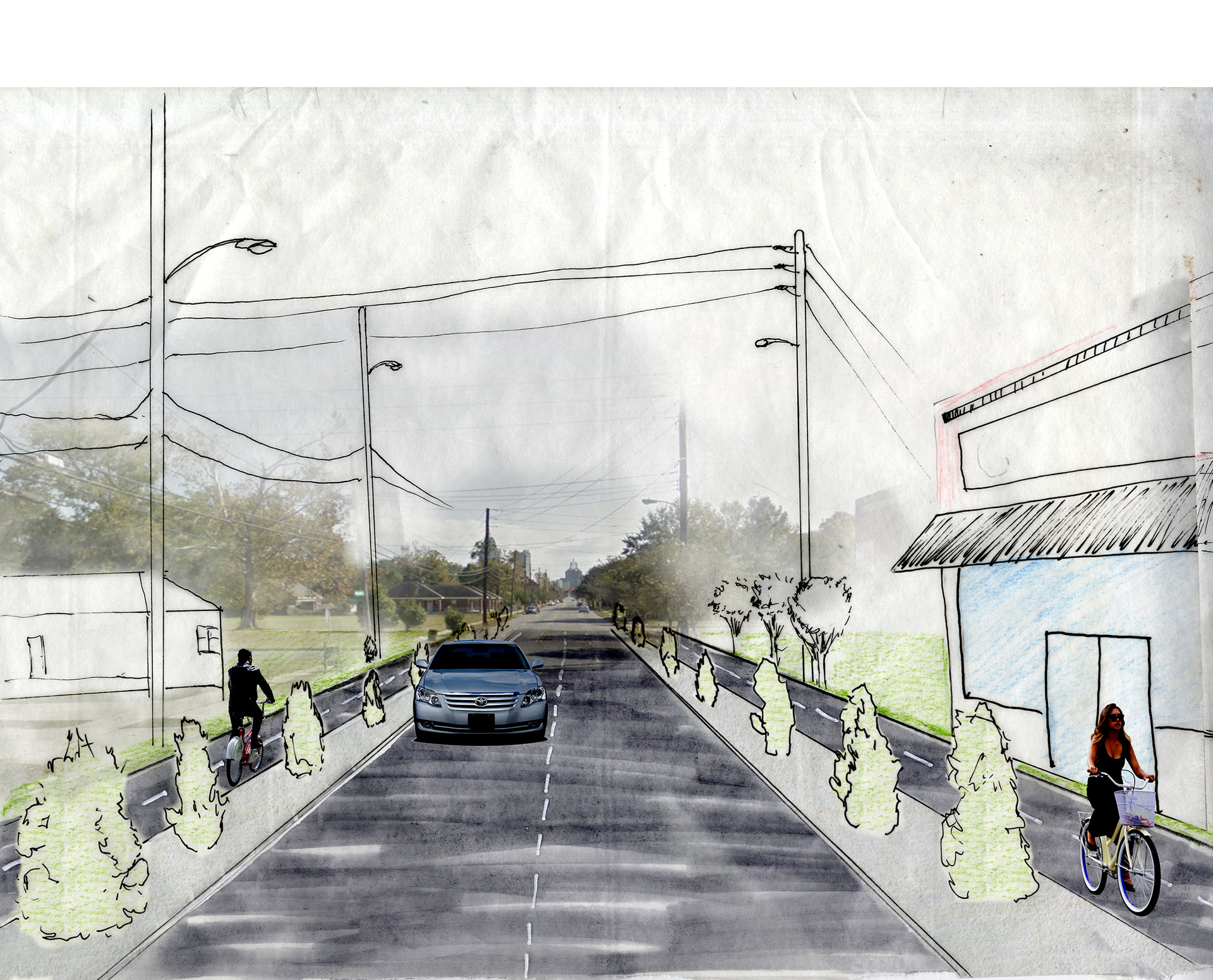
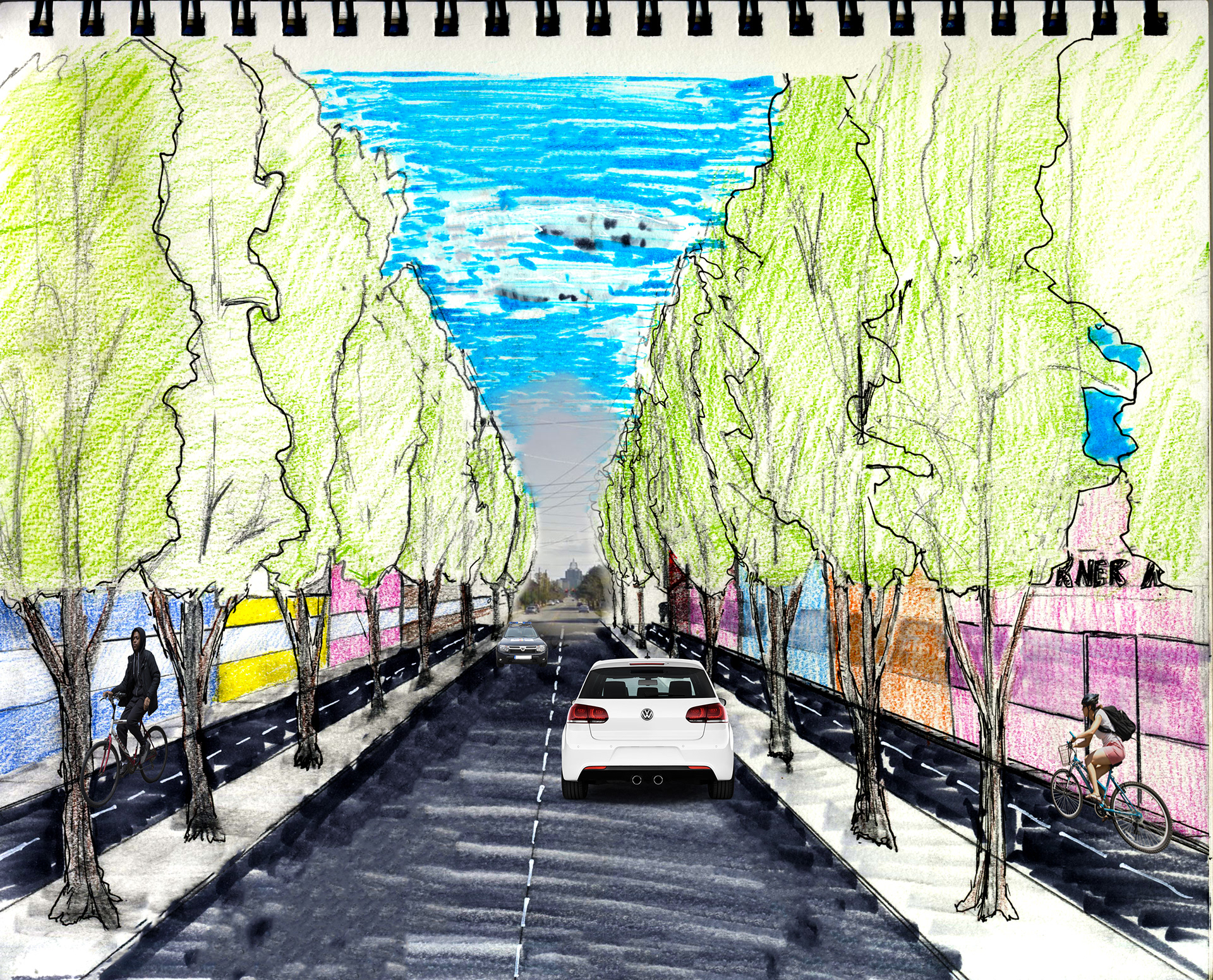
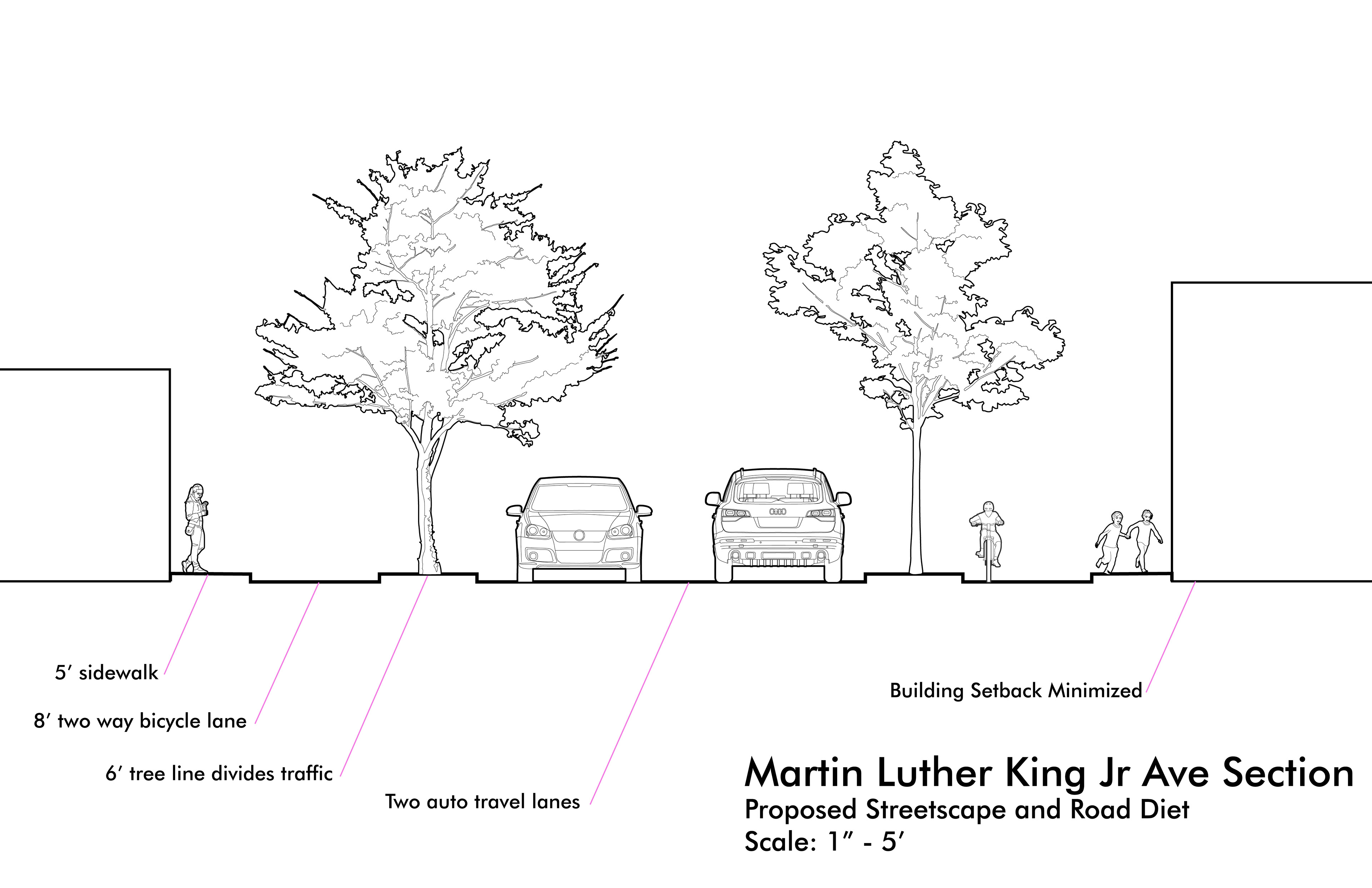
A focus on sustenance and calories for residents through improved access to fishing sites on Three Mile Creek.
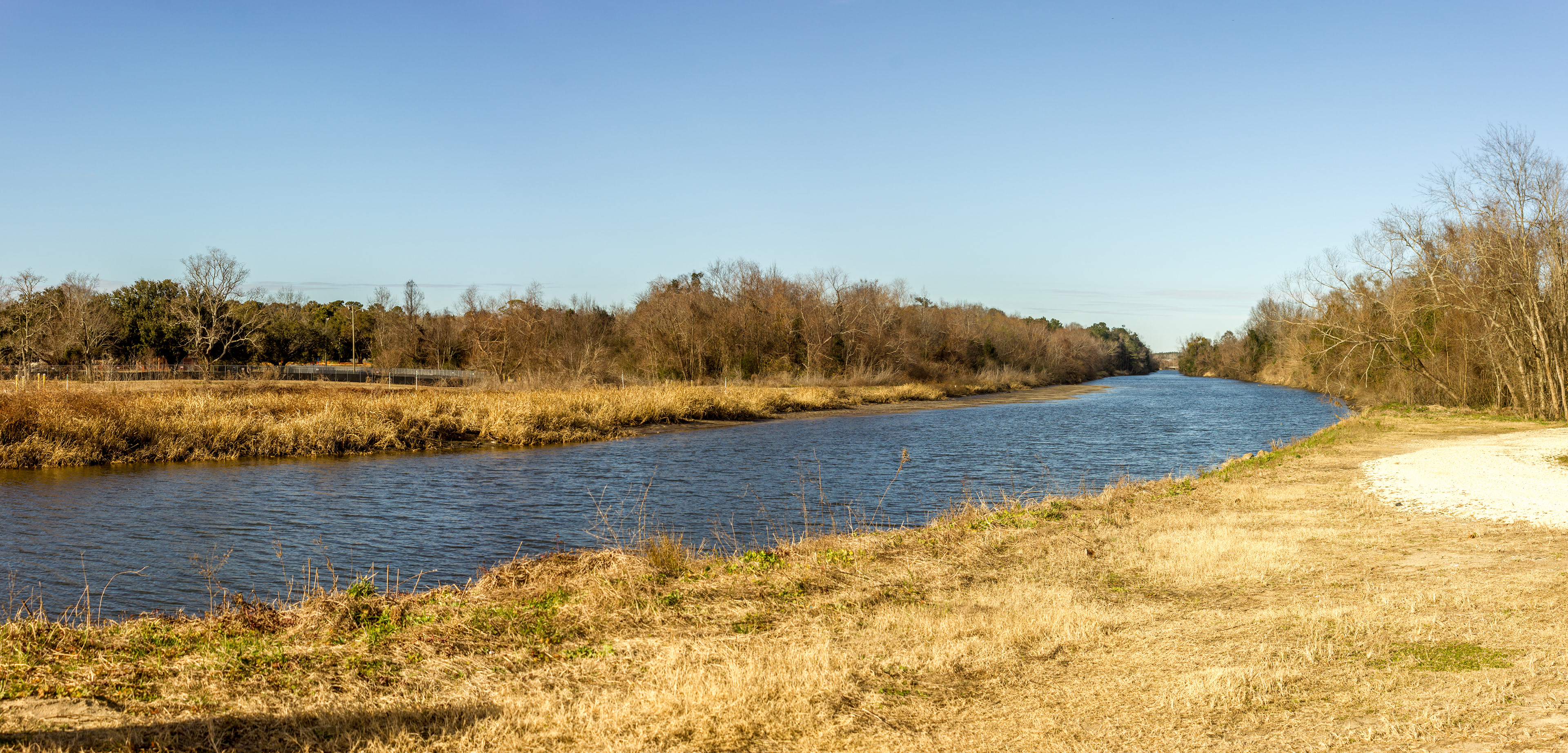
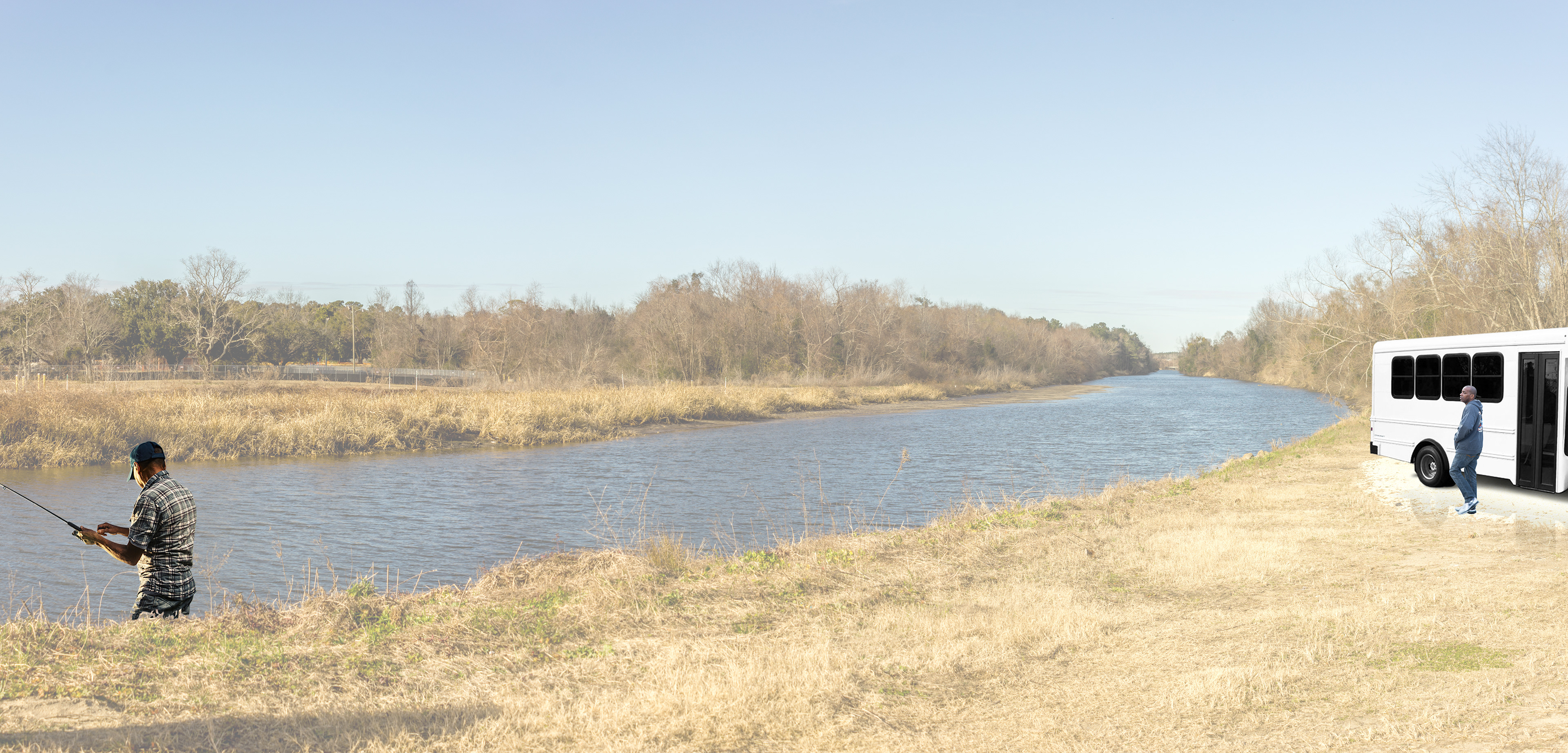
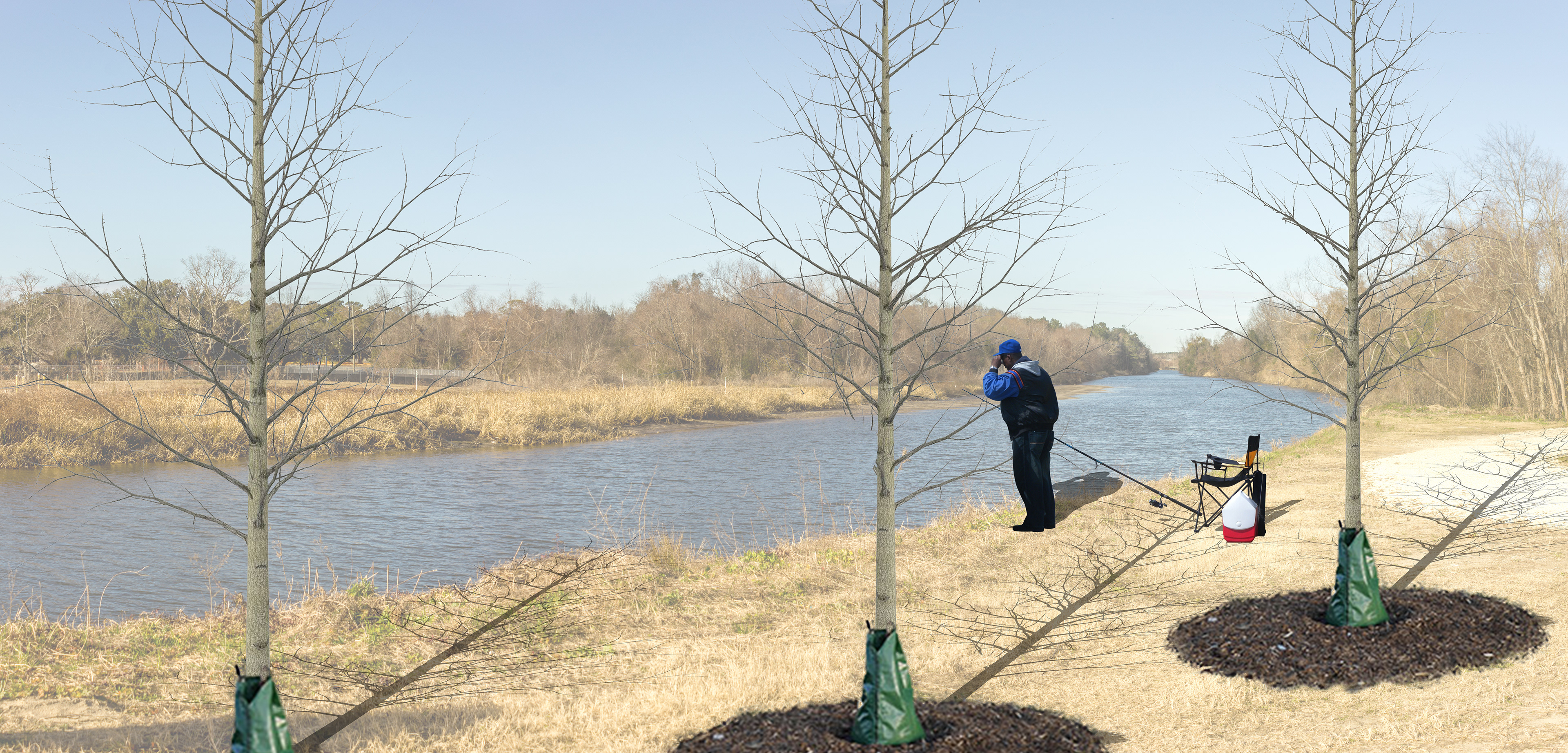
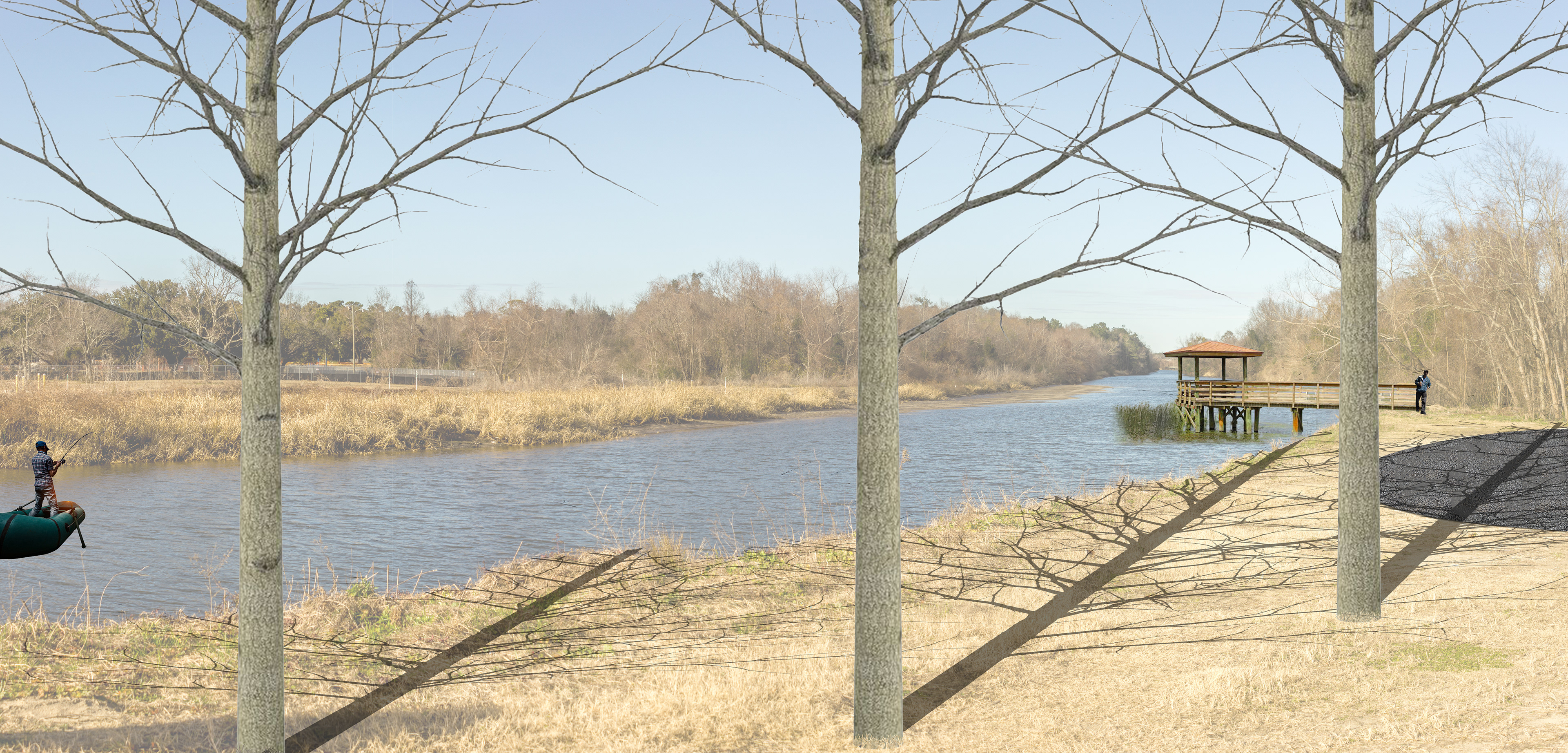
I am proposing an overall repositioning of the city's stance towards these residents. They deserve to be considered. These people have a right to be here, and they hold a way of life and a culture worth recognition and appreciation.
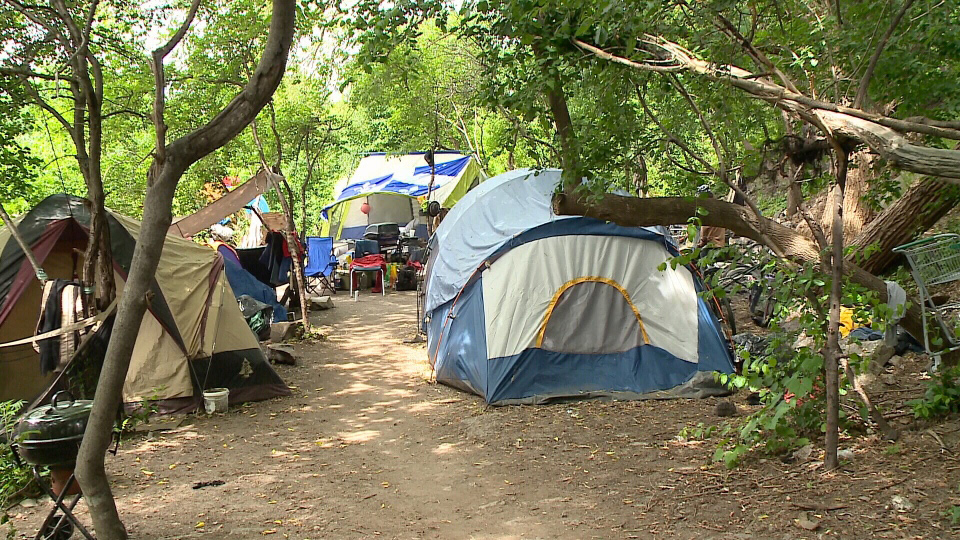
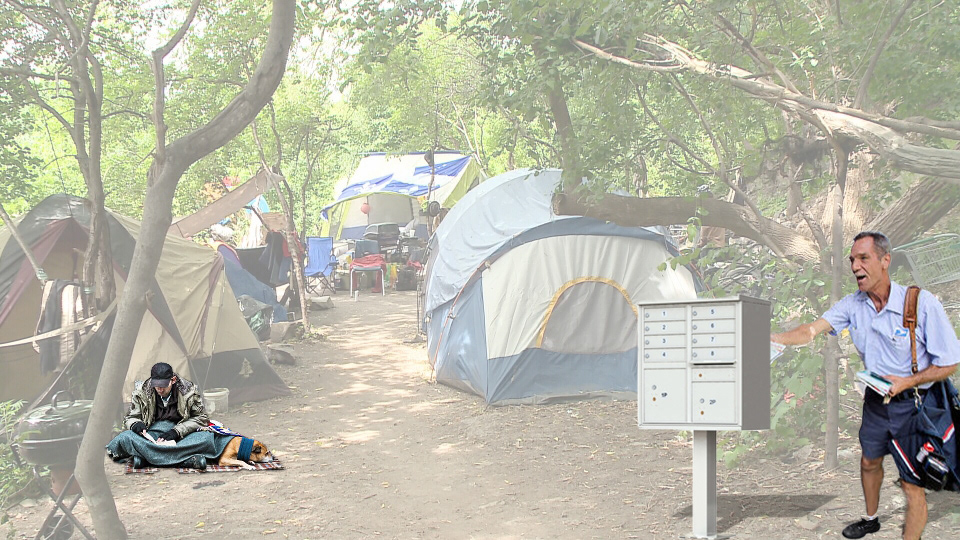
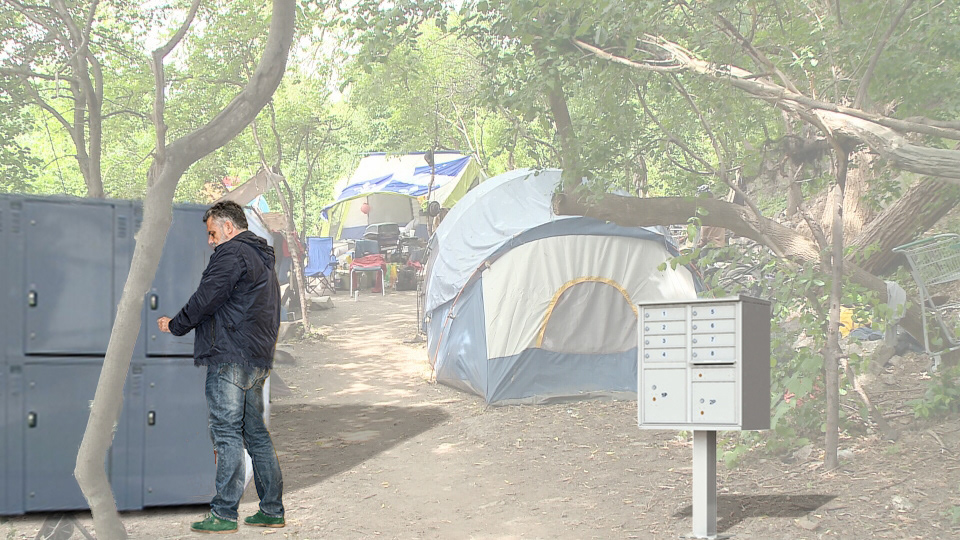
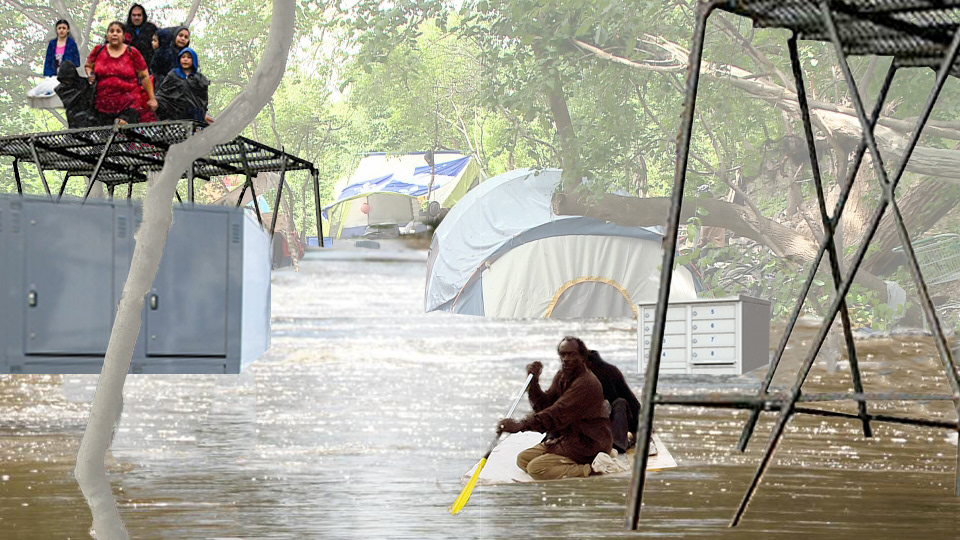
Walkability, visibility and streets full of life:
Using eyes on the street to reduce crime, and strengthen community
To accomplish the above strategies, my approach targets vacant and underused sites. I used GIS to identify these sites and created an overall hierarchy determined by size and connection to the most public sites such as the wetland park and Dr. Martin Luther King Jr. Avenue.
I am targeting vacancies because vacant lots dilute community interaction, commercial foot traffic and the city services' tax base. In addition these sites encourage crime and accumulate trash and ruderal vegetation while disinviting community ownership.
With these vacant lots I am suggesting a variety of programming to create a vibrant public realm according to their hierarchy. This is part of my eyes on the street strategy to reduce crime, increase social interactions and walkability. This will help absorb tourist money into local businesses and provide active and passive recreation to residents and tourists.
The theme of sustenance and calories returns here again at the site scale with community gardens, farmers markets and demonstration food forests.
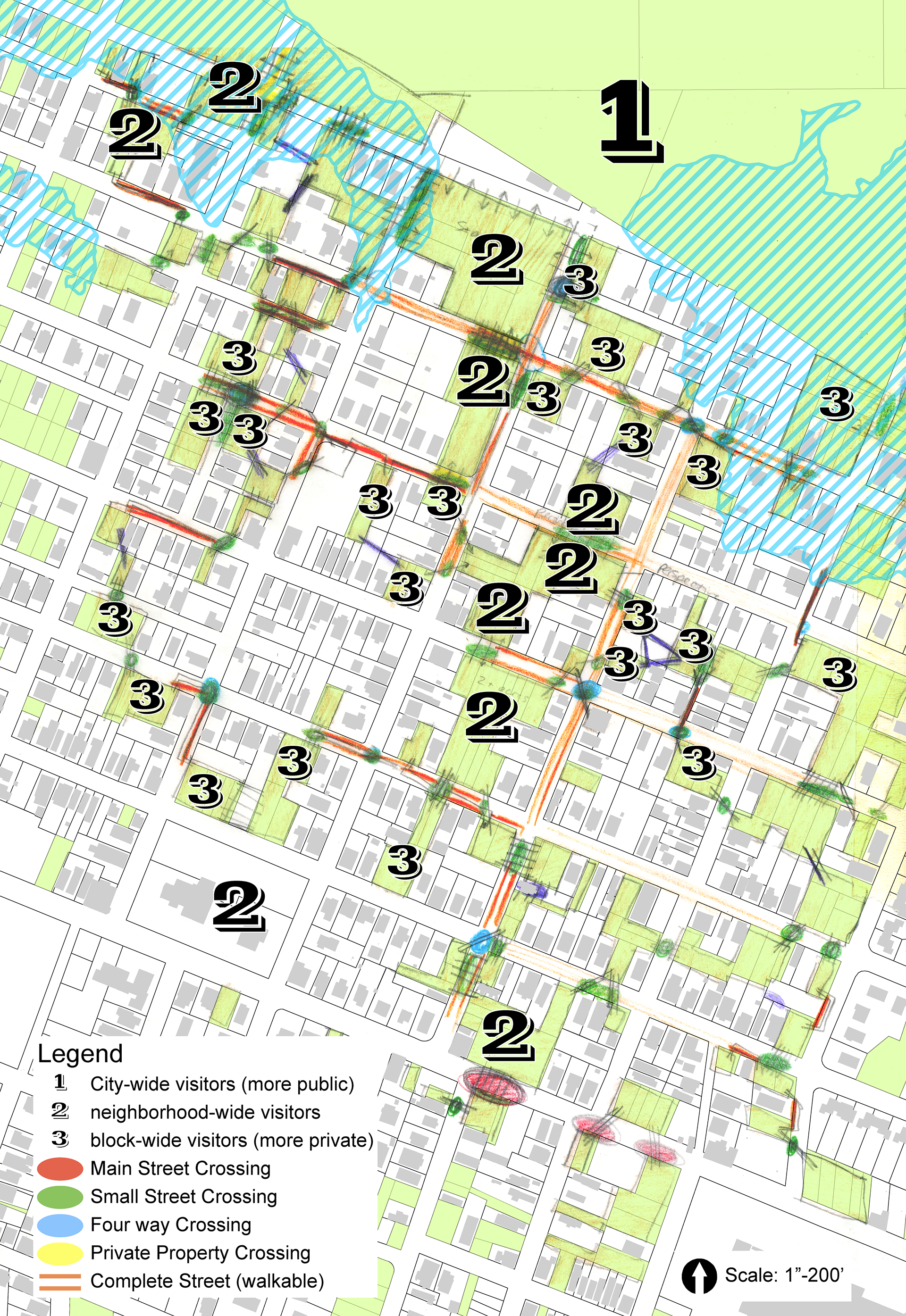
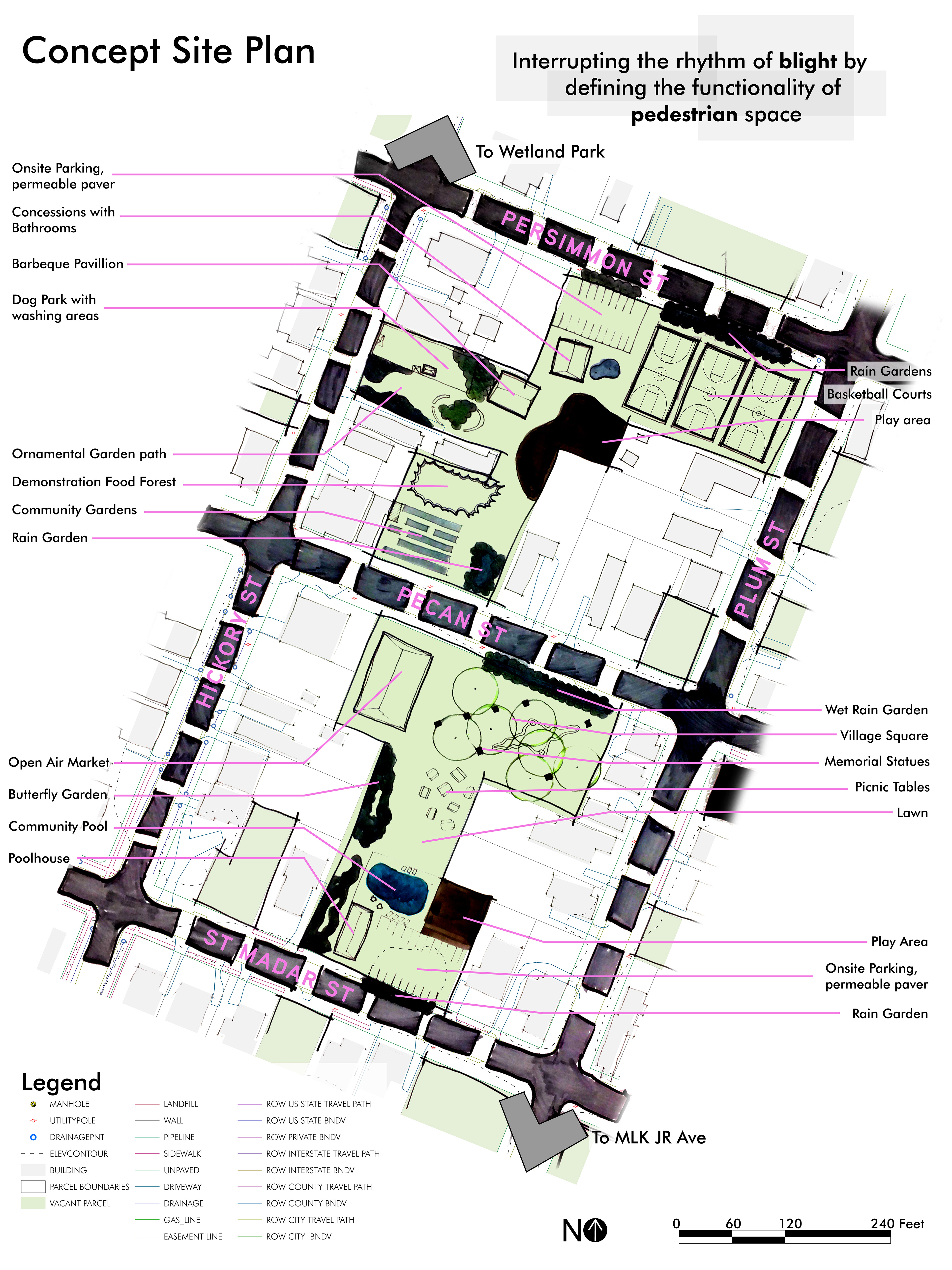
Concept sketching of the program. A village square highlights history with memorial statues.
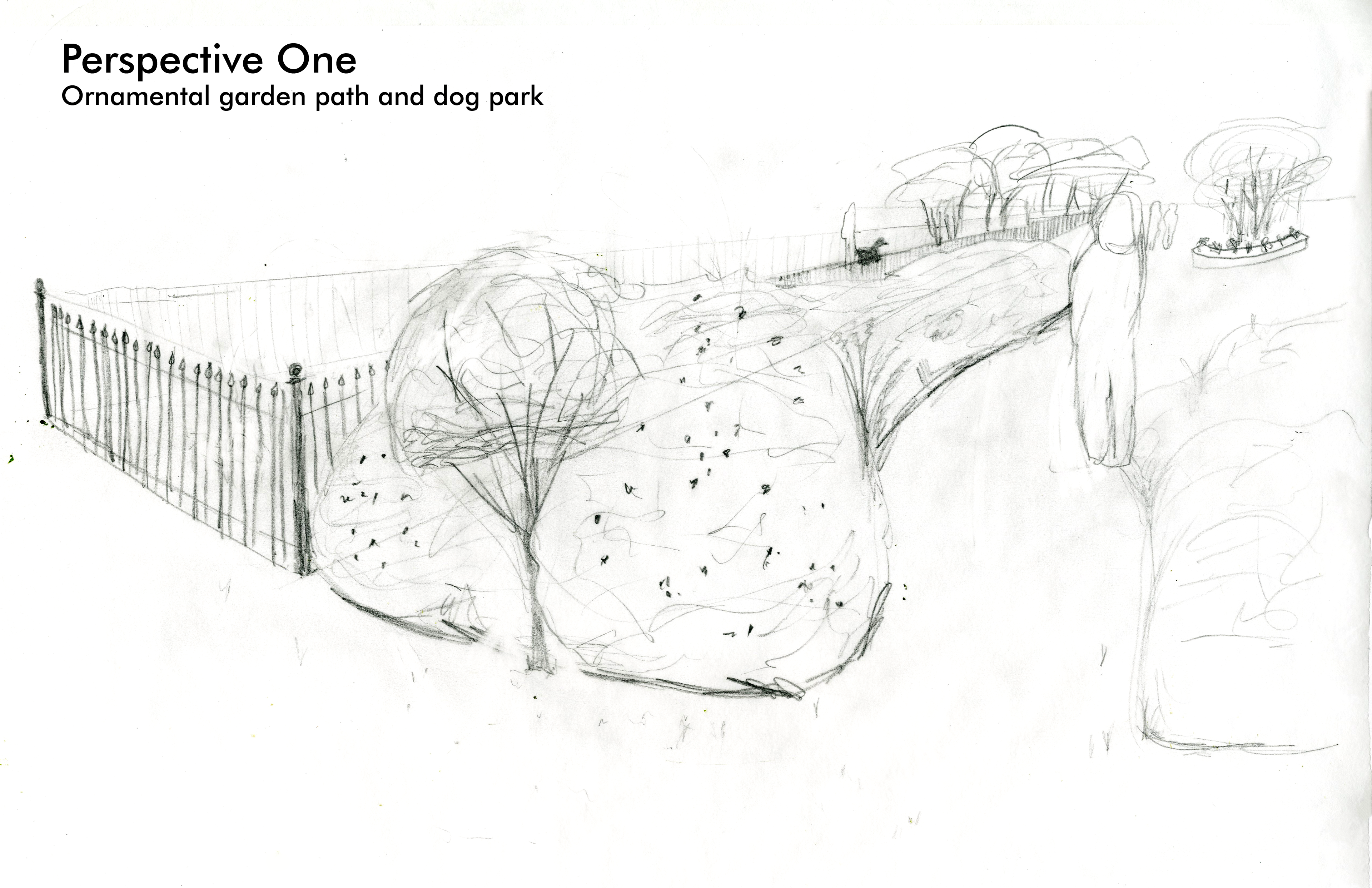
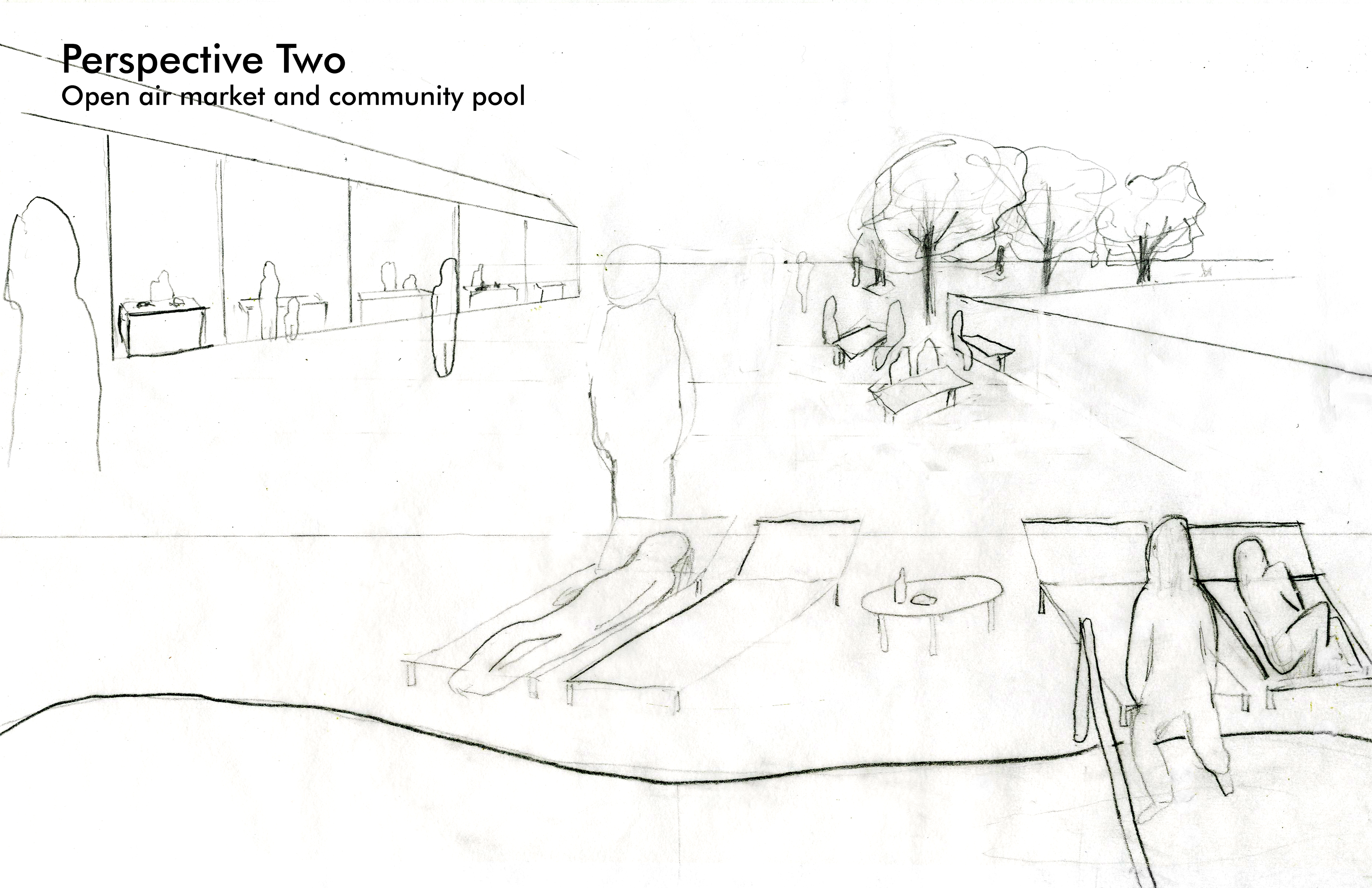
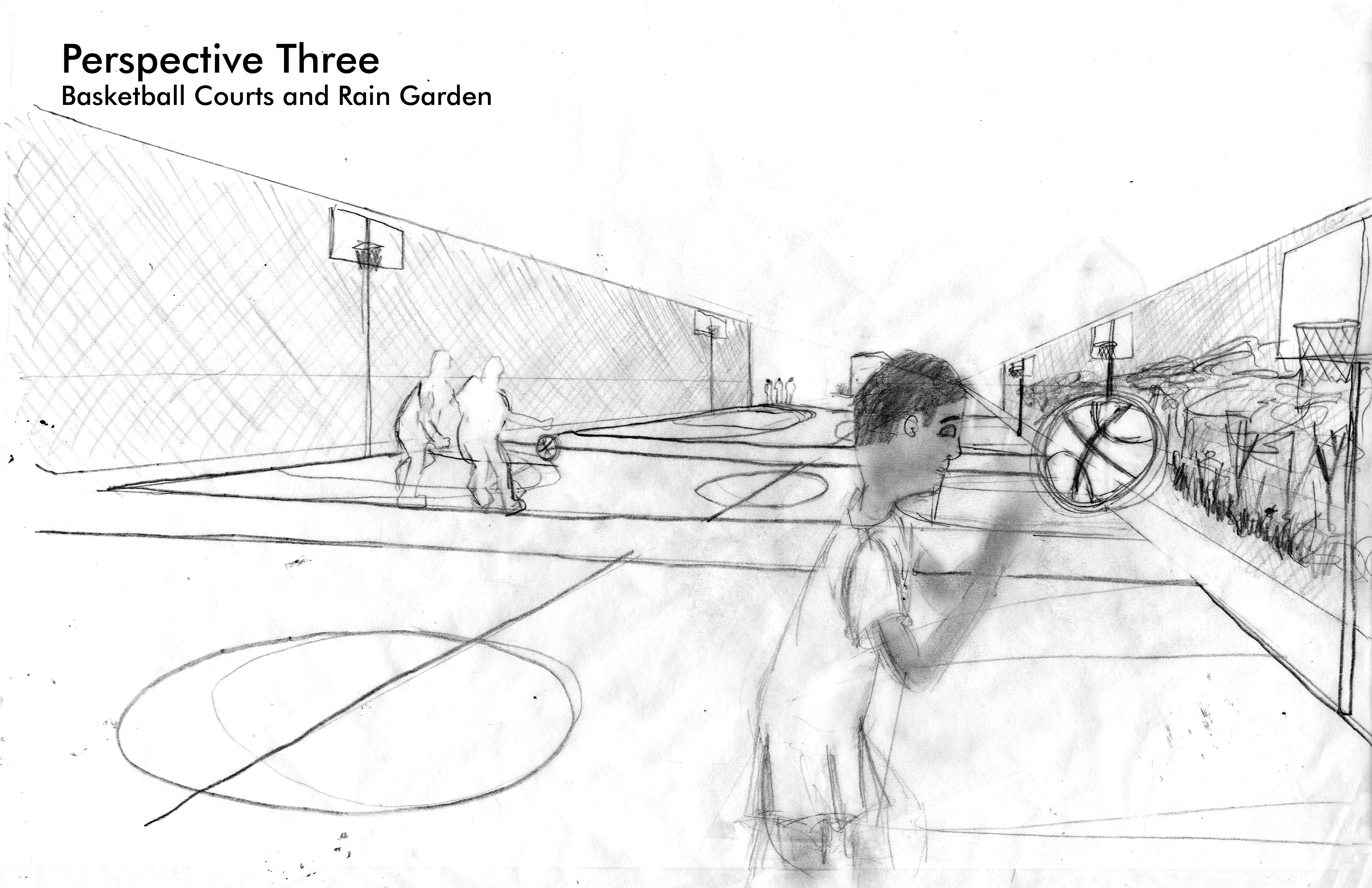
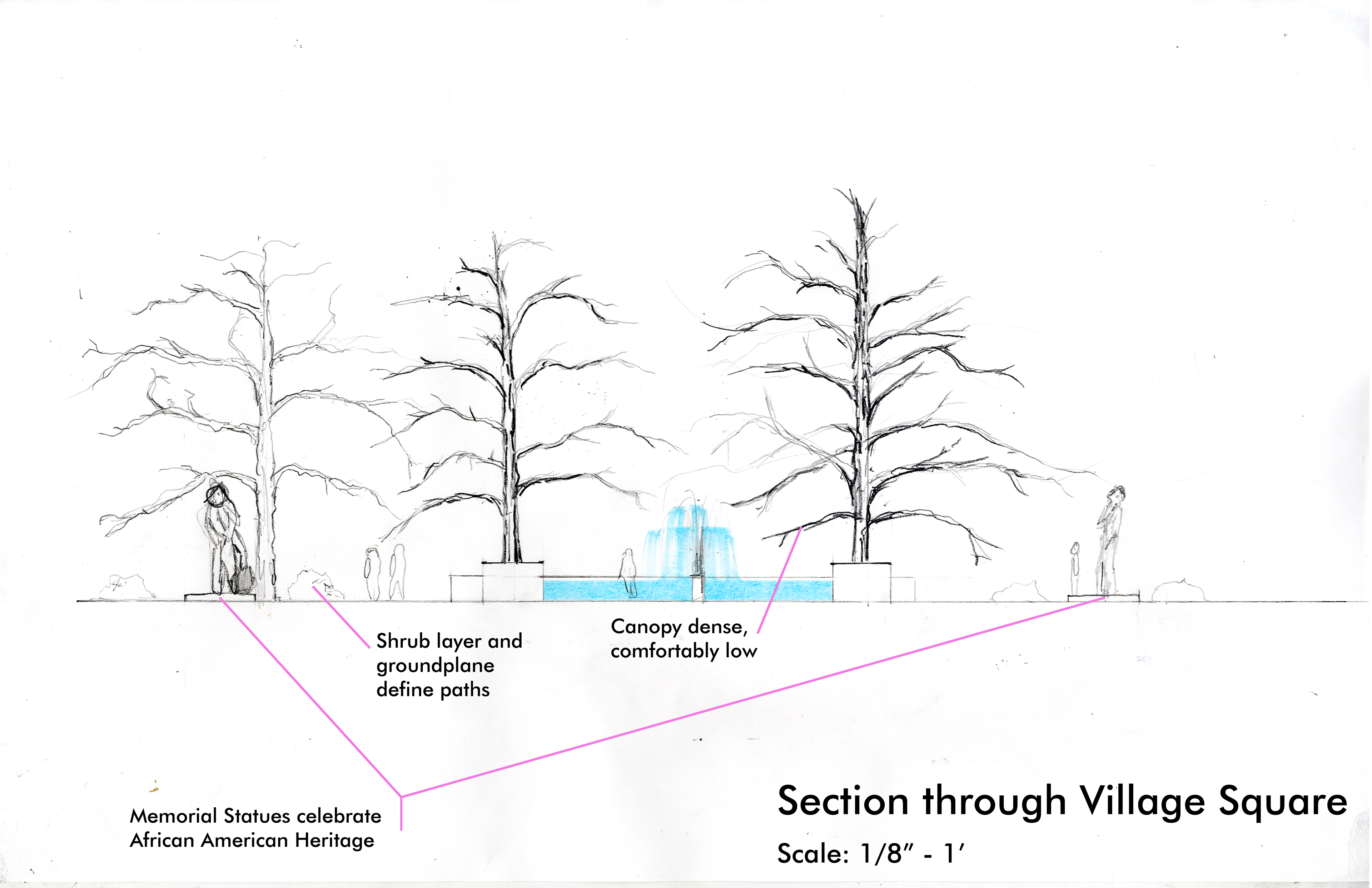
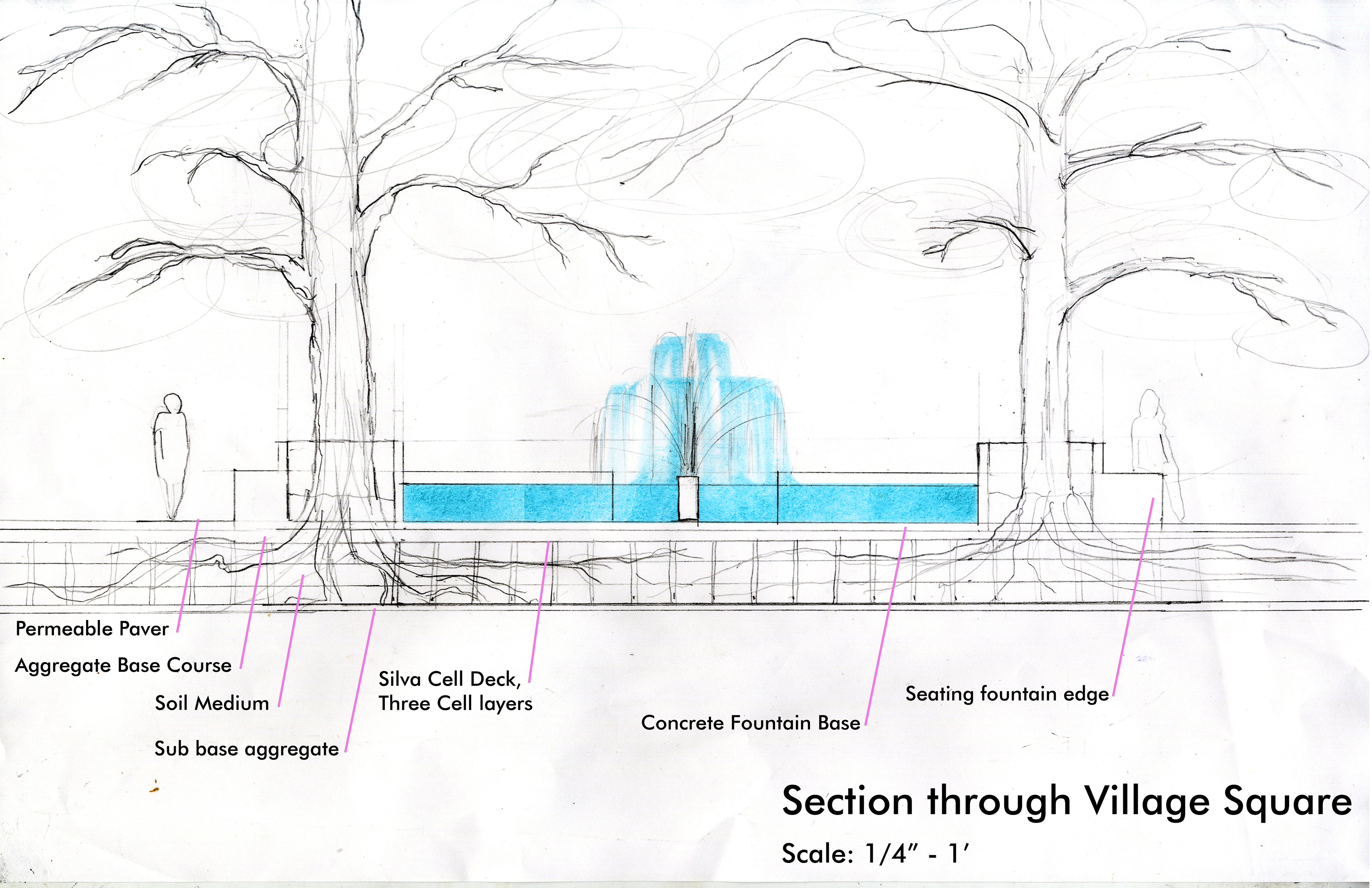
The master site plan maintains the neighborhood hierarchy with a man path connecting the wetland park to Dr. Martin Luther King Jr. Avenue.
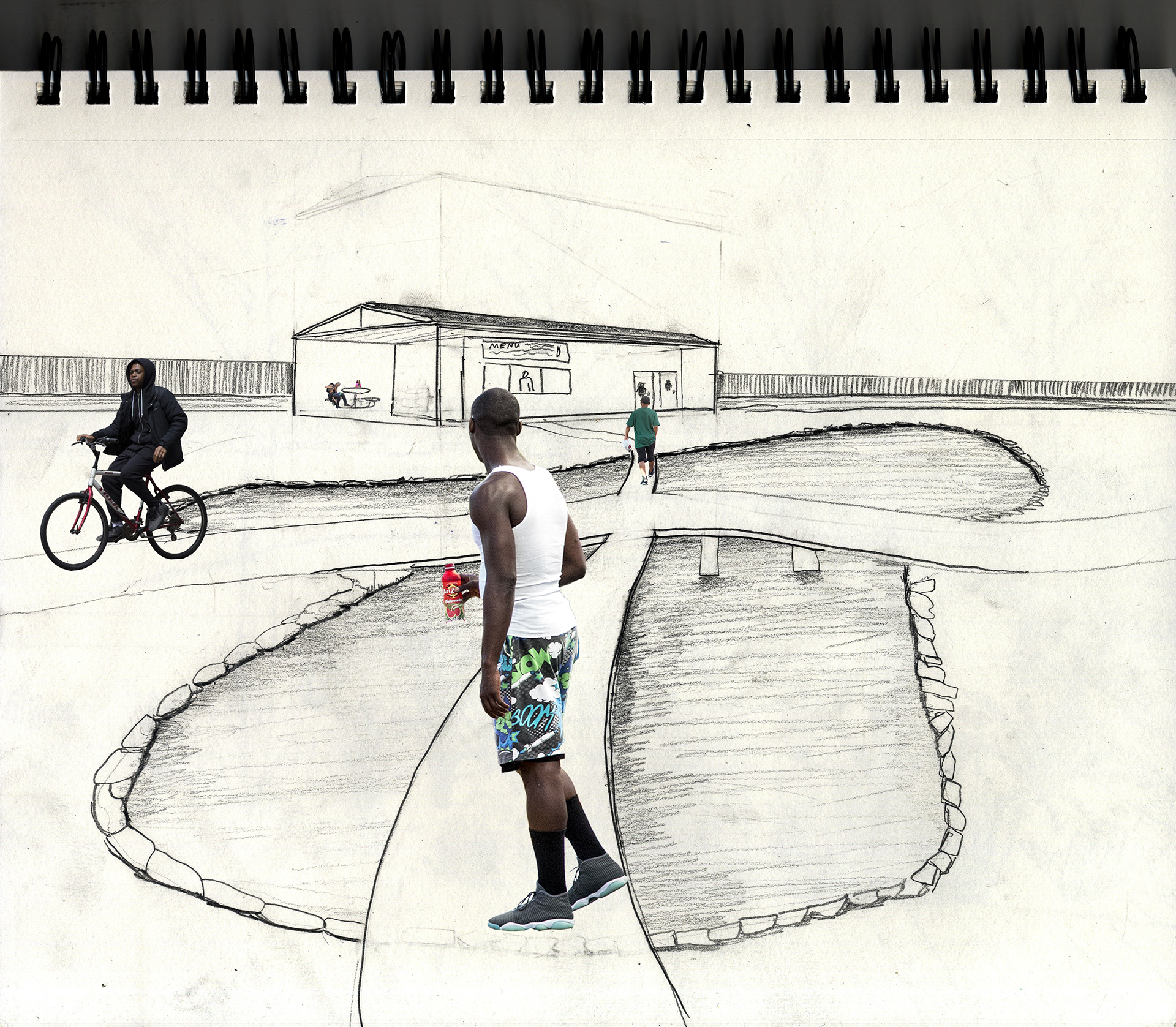
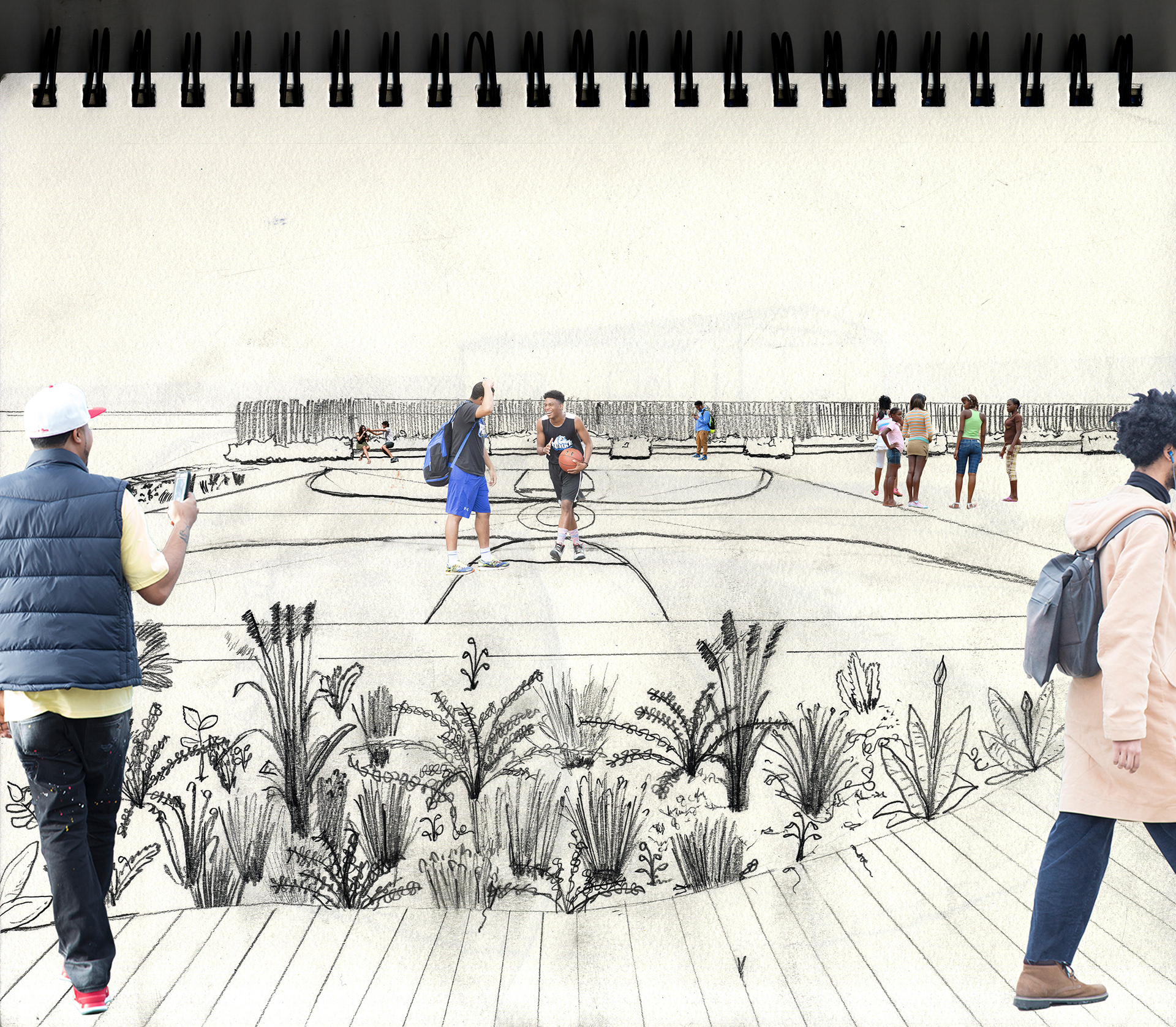
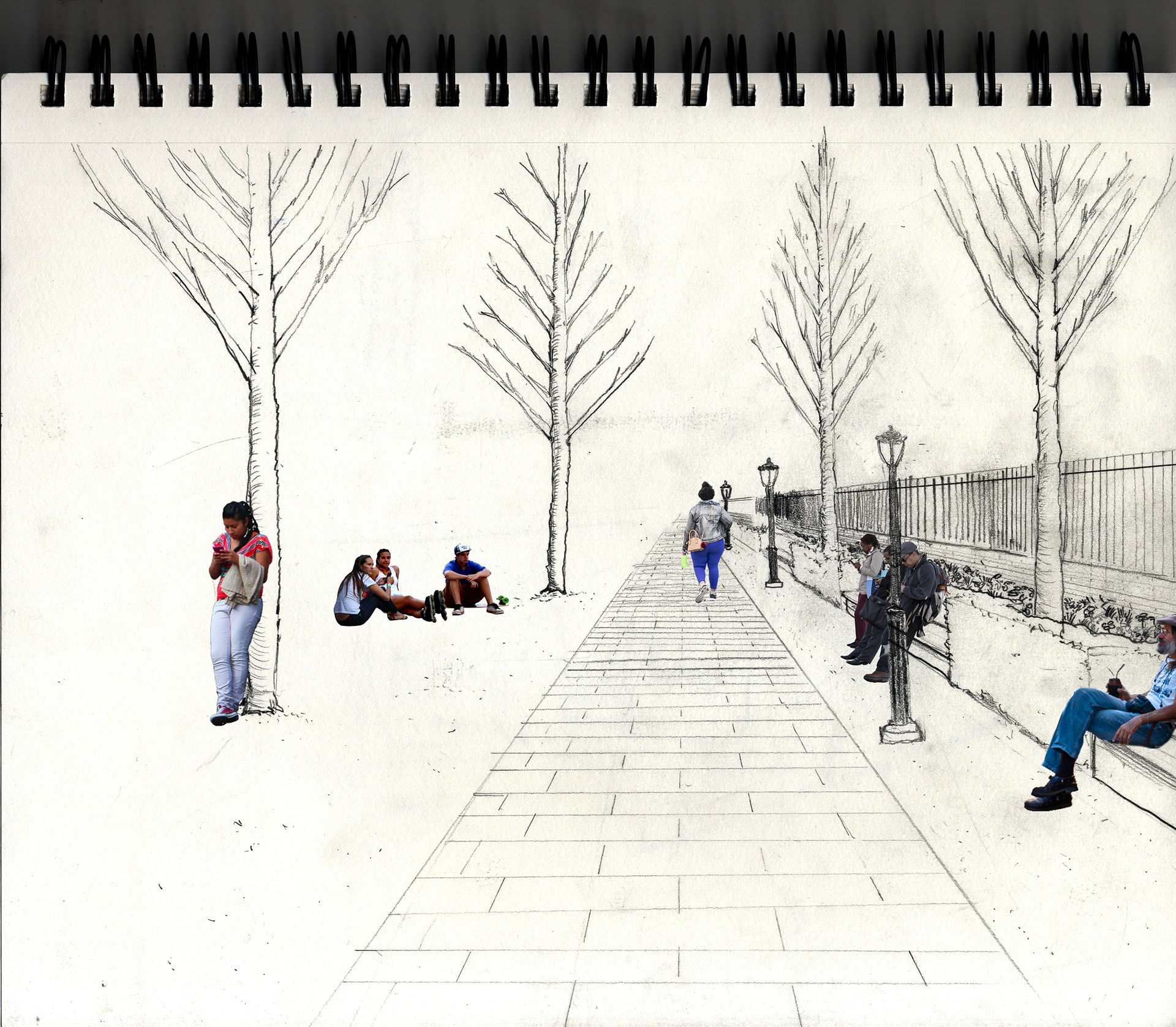
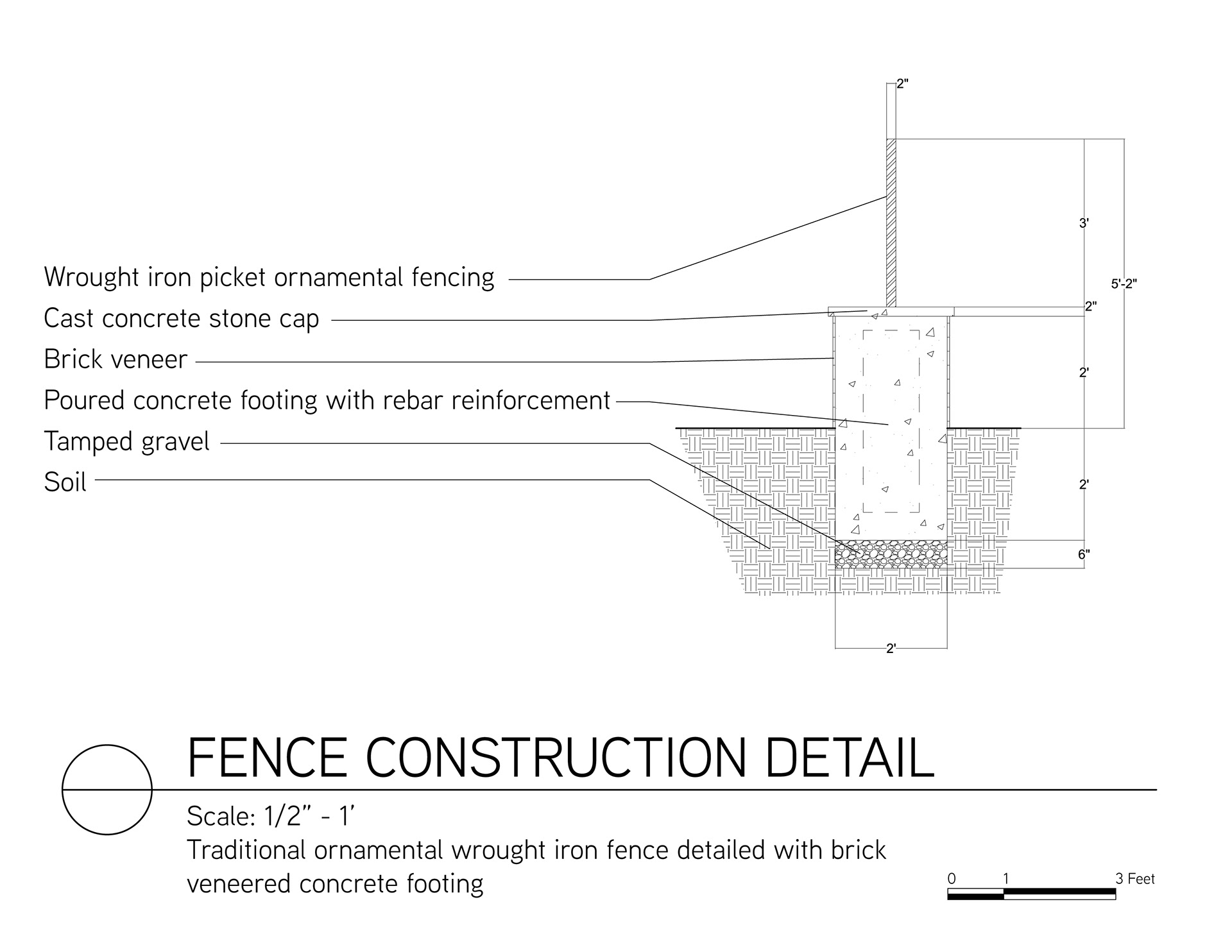
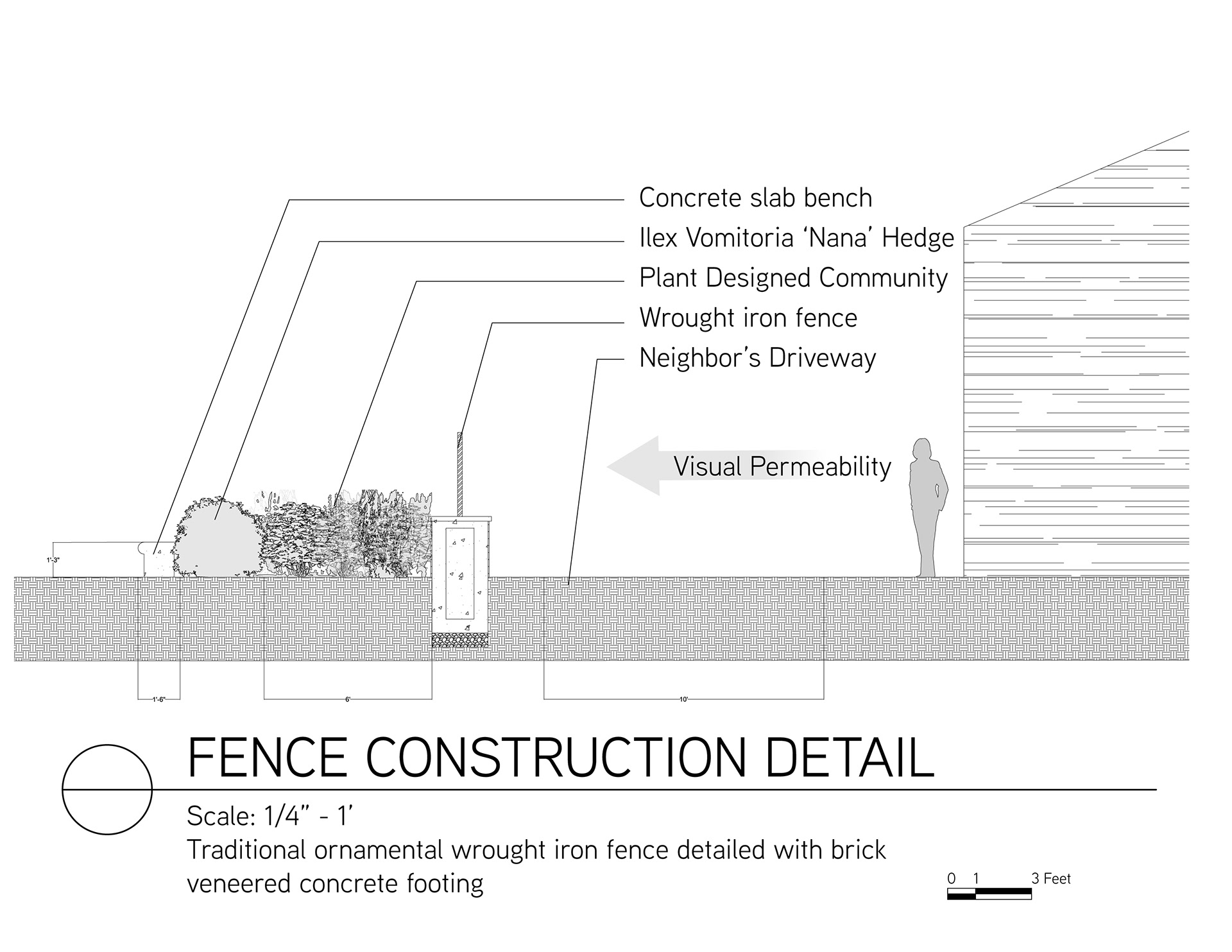
Finally, the planting strategy converts the existing ruderal vegetation associated with abandonment to ecologically active landscapes such as green infrastructure rain gardens and plant designed communities. Besides ecological and hydrological benefits, these spaces of nature and contemplation invite healing of mental health. According to Esther Sternberg's "Healing Spaces," even the impression of nature can speed up the immune system through placebo effects. People living in poverty are disproportionately more likely to be impacted by mental illness and poor general health (National Survey on Drug Use and Health).